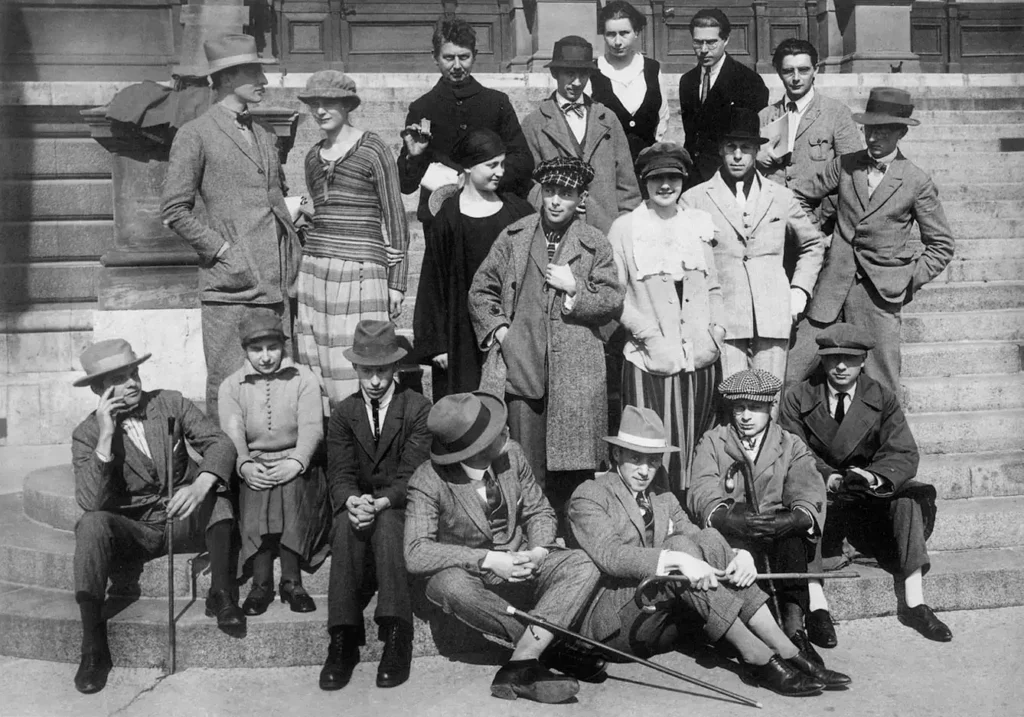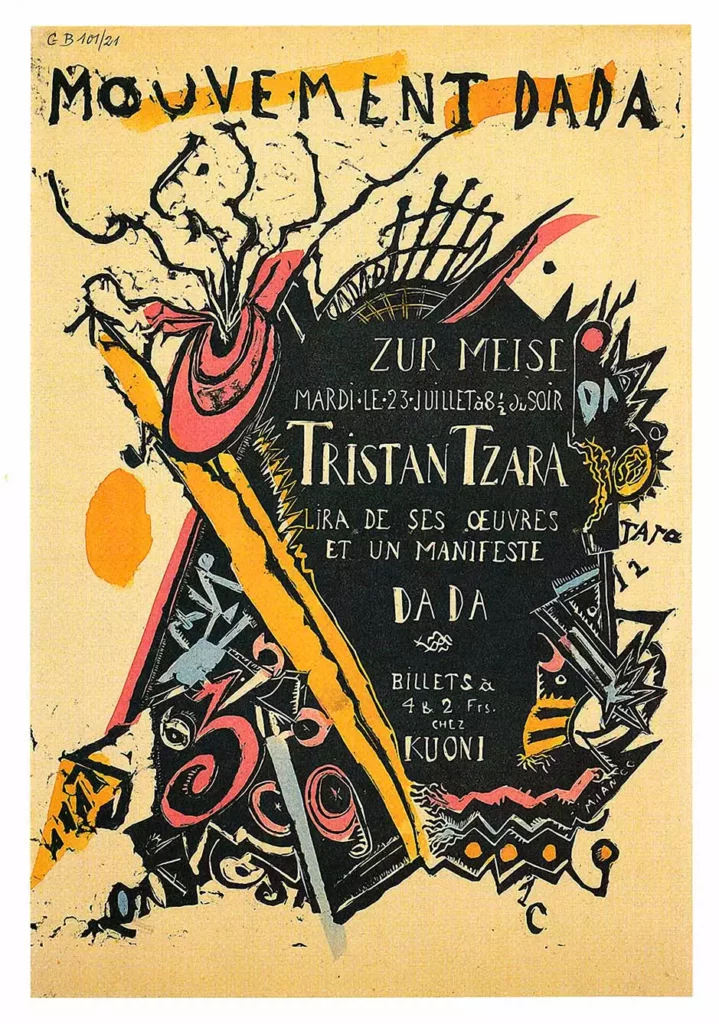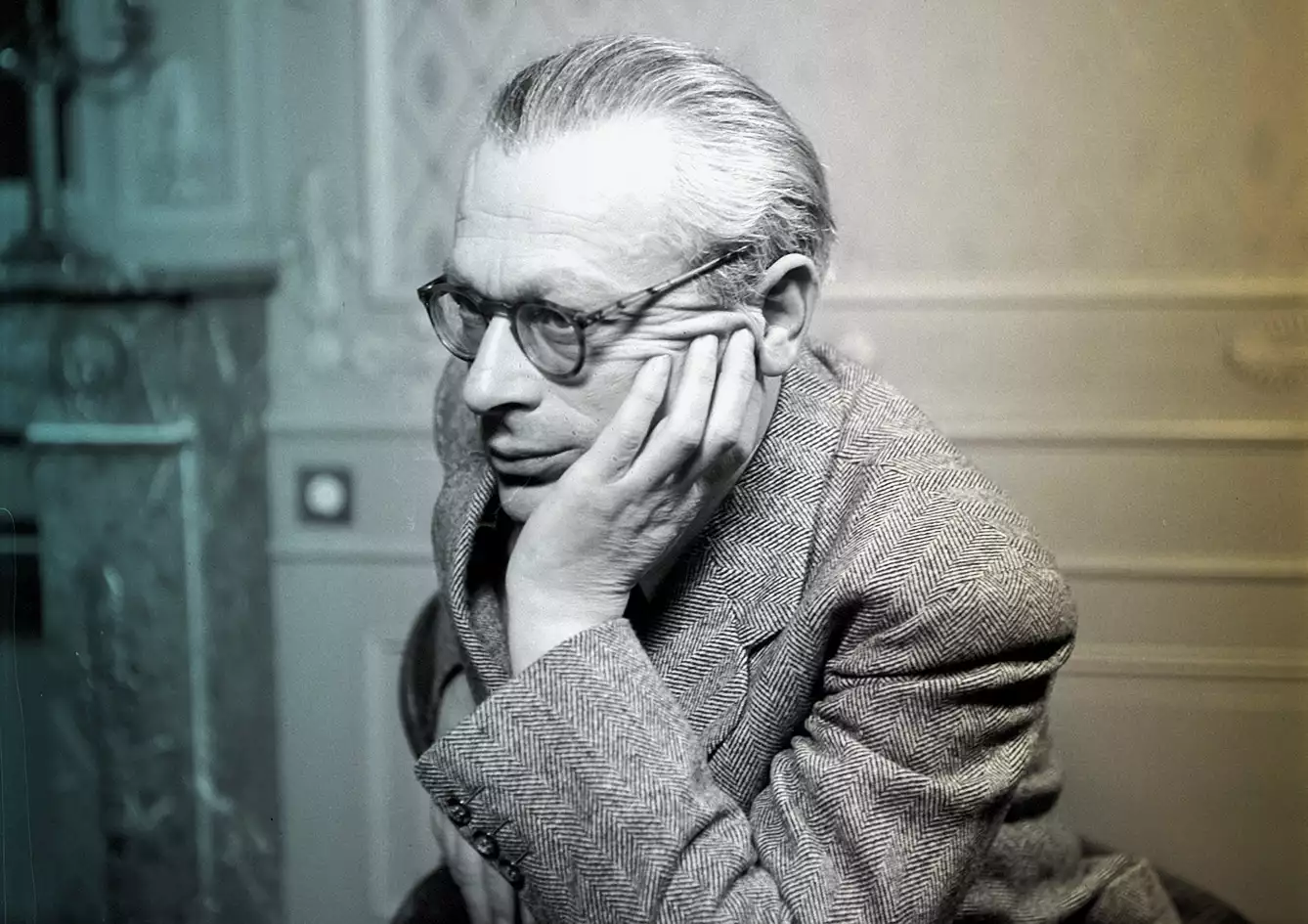The early 20th century suffered tremendously from the unfortunate state of events that dominated the planet. Pandemics, world wars, and various conflicts between nations defined the century and marked a turning point in human history. In response to this, the Dadaism movement developed as a reaction against logic and reason. The movement is known for its strong political stances, lack of form, and fluidity and versatility.
If you look up Dadaism art, you may be surprised to find that one of the most representative works of Dadaist art is Marcel Duchamp’s Fountain, which, some would argue, is just a porcelain urinal. But, it is not.
The piece gained the status of a revolutionary masterpiece because it sparked a debate on the very concept of art. And for Dadaists, anything could be art. And everything should be art. So how is Dadaism related to Romania(n)?
The origins of Dadaism
But what does Romania have to do with it, you may ask. Or should we say – Romanian? There are four principal beliefs accounting for the origin of the name, one of which is particularly attributed to the Romanian language.
If you’ve ever met a Romanian, you know we say “da da” a lot. And no, it’s not in memory of the influential Dadaist movement. In Romanian, “da” means “yes,” and the repeated use of “da” gives birth to an ironic, negative collocation, most often used to point out the absurdity and unlikeness of a certain event taking place.


“Do you think she’d ever take the blame for what she did?” one may ask, to which your Romanian friend would answer “Da da,” with a baffled expression, exaggerating the almost amusing unlikeness of the question posed.
According to Richard Huelsenbeck, the name of the art movement was the result of randomly sliding a knife in a dictionary, landing on the French term dada, which, despite meaning “rocking horse” in French, fit the current because it meant “yes yes” in Romanian. Moreover, it has been noted by Jean Arp, a German-French sculptor, that the term was invented by Tristan Tzara, a Romanian-French avant-garde poet.
Who was Tristan Tzara?
Tzara was born Samuel Rosenstock in a small city in Romania. He later chose the alias Tristan Tzara, allegedly intended as a pun. In Romanian, the phonetic pronunciation of the name sounds as Trist în Țară, which translates to Sad in the country. But there are more interesting facts to be named about Tristan other than his moniker.
Tristan was one of the pioneer of Dadaism. In fact, he was one of the most central figures of the movement, highly involved in Switzerland, where the current was established, as well as overseas. He was the author of “Seven Dada Manifestos” and various other texts considered to be instrumental to the movement. Controversial and with a twisted personality, he embodied the concept of Dadaism and remains one of the most notable artists of Romanian origin.
“Not the old, not the new, but the necessary,” he once quipped. His numerous works of literature left open the door to understanding the mind behind one of the most contentious – yet influential, art movements of our world. “Let us try for once not to be right.”







